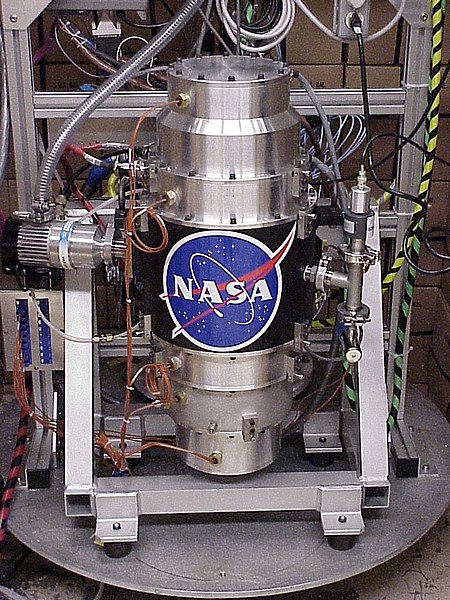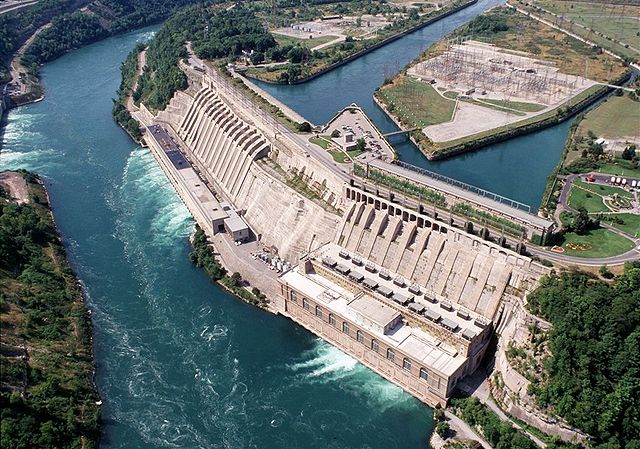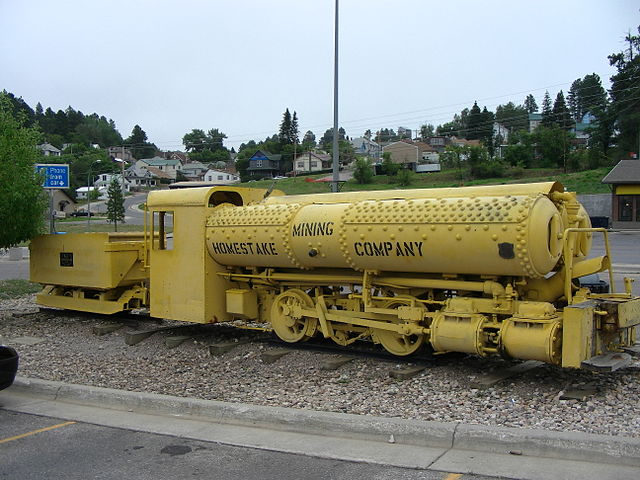Grid energy storage is a collection of methods used for energy storage on a large scale within an electrical power grid. Electrical energy is stored during times when electricity is plentiful and inexpensive or when demand is low, and later returned to the grid when demand is high, and electricity prices tend to be higher.
Nissan Leaf, the world's top-selling highway-capable electric car as of 2015
NASA G2 flywheel
Mingtan Pumped-Storage Hydro Power Plant dam in Nantou, Taiwan
Fetsui hydroelectric dam in New Taipei, Taiwan
Energy storage is the capture of energy produced at one time for use at a later time to reduce imbalances between energy demand and energy production. A device that stores energy is generally called an accumulator or battery. Energy comes in multiple forms including radiation, chemical, gravitational potential, electrical potential, electricity, elevated temperature, latent heat and kinetic. Energy storage involves converting energy from forms that are difficult to store to more conveniently or economically storable forms.
The Llyn Stwlan dam of the Ffestiniog Pumped-Storage Scheme in Wales. The lower power station has four water turbines which can generate a total of 360 MW of electricity for several hours, an example of artificial energy storage and conversion.
Comparison of various energy storage technologies
The Sir Adam Beck Generating Complex at Niagara Falls, Canada, which includes a large pumped storage hydroelectricity reservoir to provide an extra 174 MW of electricity during periods of peak demand.
A compressed air locomotive used inside a mine between 1928 and 1961.








